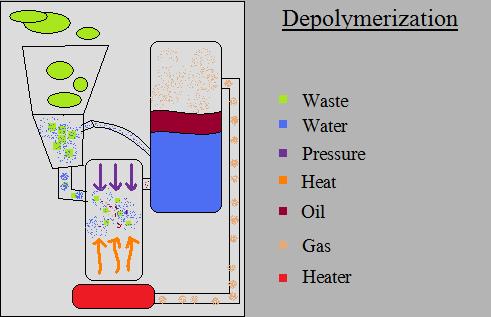Alternative fuels-
As gas prices go up I think it may be nessesary to look at possible alternatives. Some may seem kind of silly, but new and alternative fuels are all around you.
Water-
Water. It is all over the place, if you want it to be or not: Rain, rivers, sewers, sinks, toilets, ice cream, etc. But did you know it can be used in two other ways? It can be turned into hydrogen, very simpily to give your car up to a 90% mpg increase or even use it as your fuel with a minor adjustment.
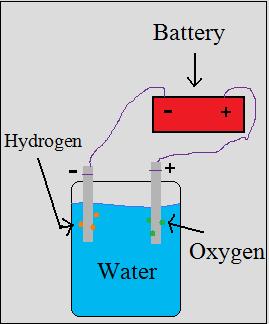 | Electrolysis- Turning water into hydrogen is actually very easy. Simply running a current through water releases the gas. The hydrogen atoms form on the negative side and oxygen forms on the positive. |
For your car- Producing hydrogen in the previous example isn't extreamly efficiant. To increase the efficiancy we need to increase the surface area of the cell. To do this, stack plates of aposing charges, so they almost touch. | 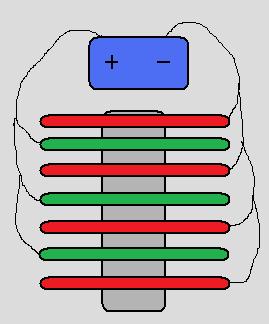 |
Using Hydrogen-
1.) It is also very simple to use the hydrogen in your car. To improve mpg just cover the electrolysis container and run a tube from it to your engine's air intake.
2.) To run your car off of hydrogen: pipe the gas into the carborator instead of air intake. You may need to reset the distributor to a fast spark, because of the hydrogen's higher octane.
Tips-
-Add salt to the water to make it more conductive.
-Use stainless steal instead of iron plates, to help prevent corrosion.
-Any water will work, but distilled will help prevent rusting aswell.
*Hydrogen is extreamly explosive. It is what the Hindenburg was filled with! So, please be careful and no smoking...* | 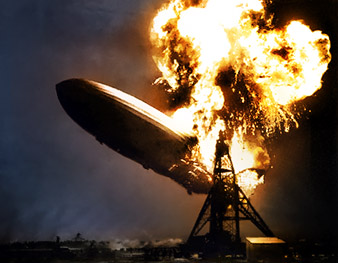 - |
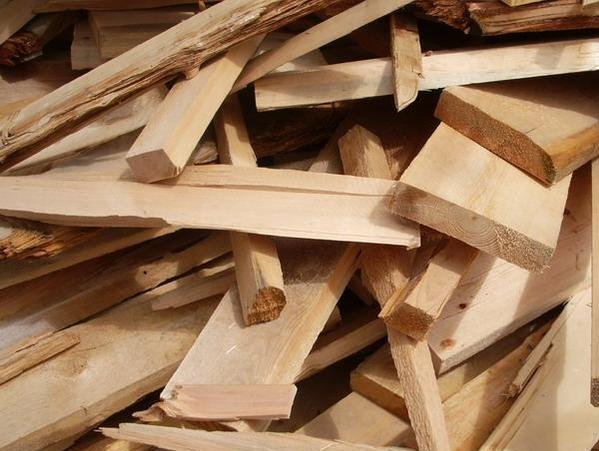
Wood Chips, Saw Dust, Etc-
It is somthing we see everyday, somthing we just throw away; wood chips, or anyother kind of wood for that matter, can be turned into gasoline. There are multiple processes for this.
One machine used to do this is called a gasifier. It burns the wood in a controlled environment, then filters the resulting carbon monoxide into an internal combustion engine. The engine then burns it and turns the gas into the safer carbon dioxide.
But don't go attach one to the back of your Silverado just yet, there are some downsides to this technology. First off is the obvious, carbon monoxide can be very dangerous and lethal even in small amounts. Second is that this, although not a new technology, isn't very efficiant. It takes about 25 pounds of wood to equal one gallon.
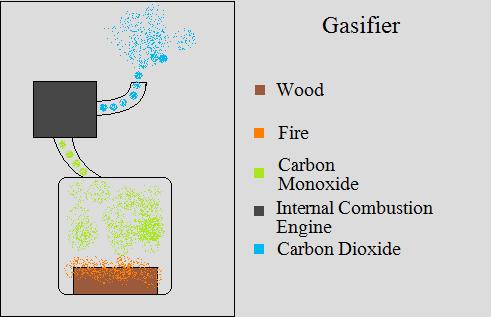
Everything Else-
Well... not everything, but any organic material. That includes paint, grass, plastics, cotton, food wastes, and agricultural waste. All of these things are normally just thrown away, but they can actually be used to make fuel. The process is call thermal depolymerization and it uses just heat and pressure to turn waste into gasoline, propane, desel, and other gasses. "One mans trash is anothers treasure."
To do this the machine adds water to whatever waste you choose to transform and moves it to another chamber. Here, heat and pressure are aplied and it is forced into, yet another tank where the gas, oil, and water settle. The dencity difference lets the water set on the bottom, oil ontop of that, and the gasses on the oil.
The gasses may be then used to heat the pressure chamber and the water be recycled back to the begining. The oil is what we are interested in, for it may be refined into any petrolium based product.
